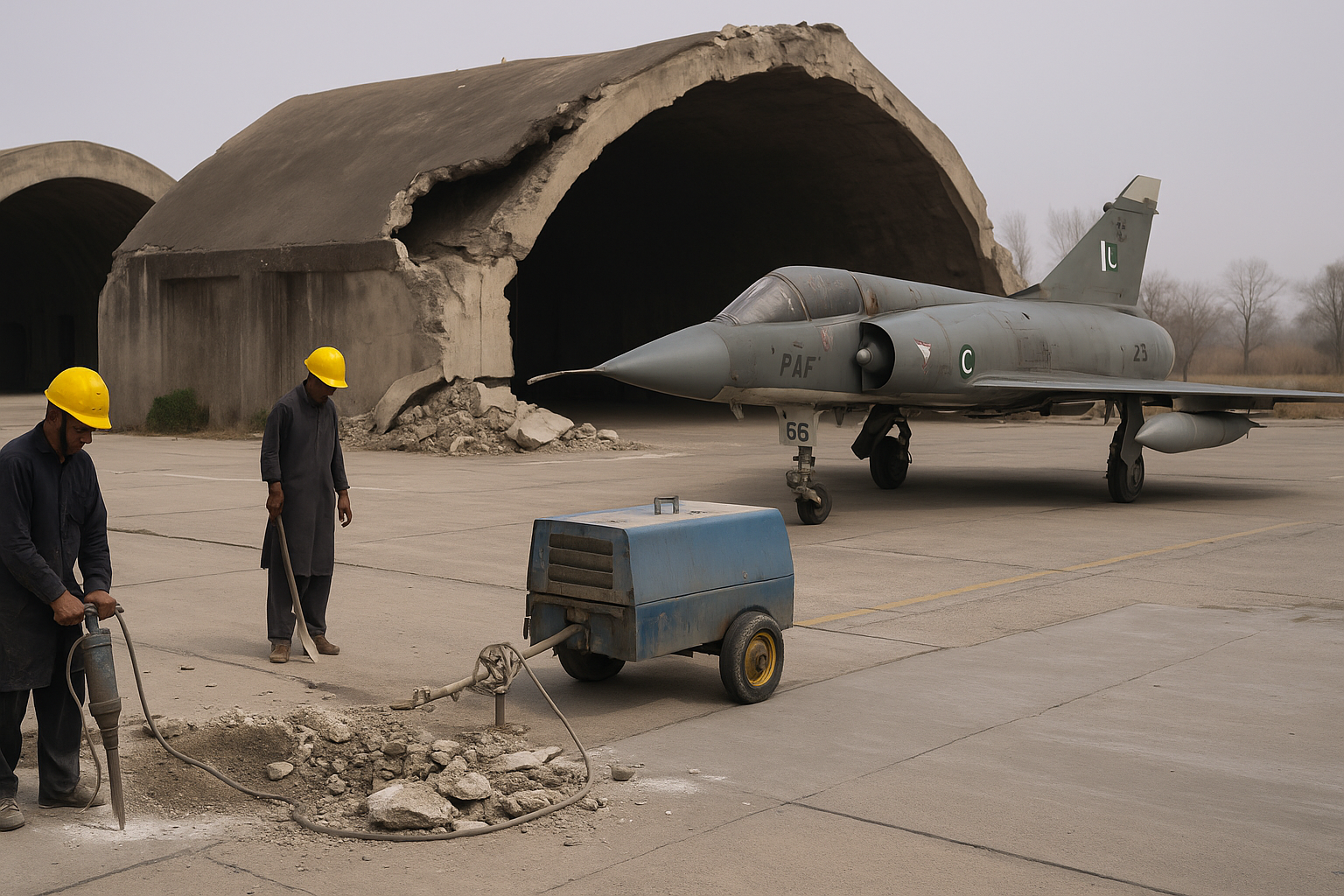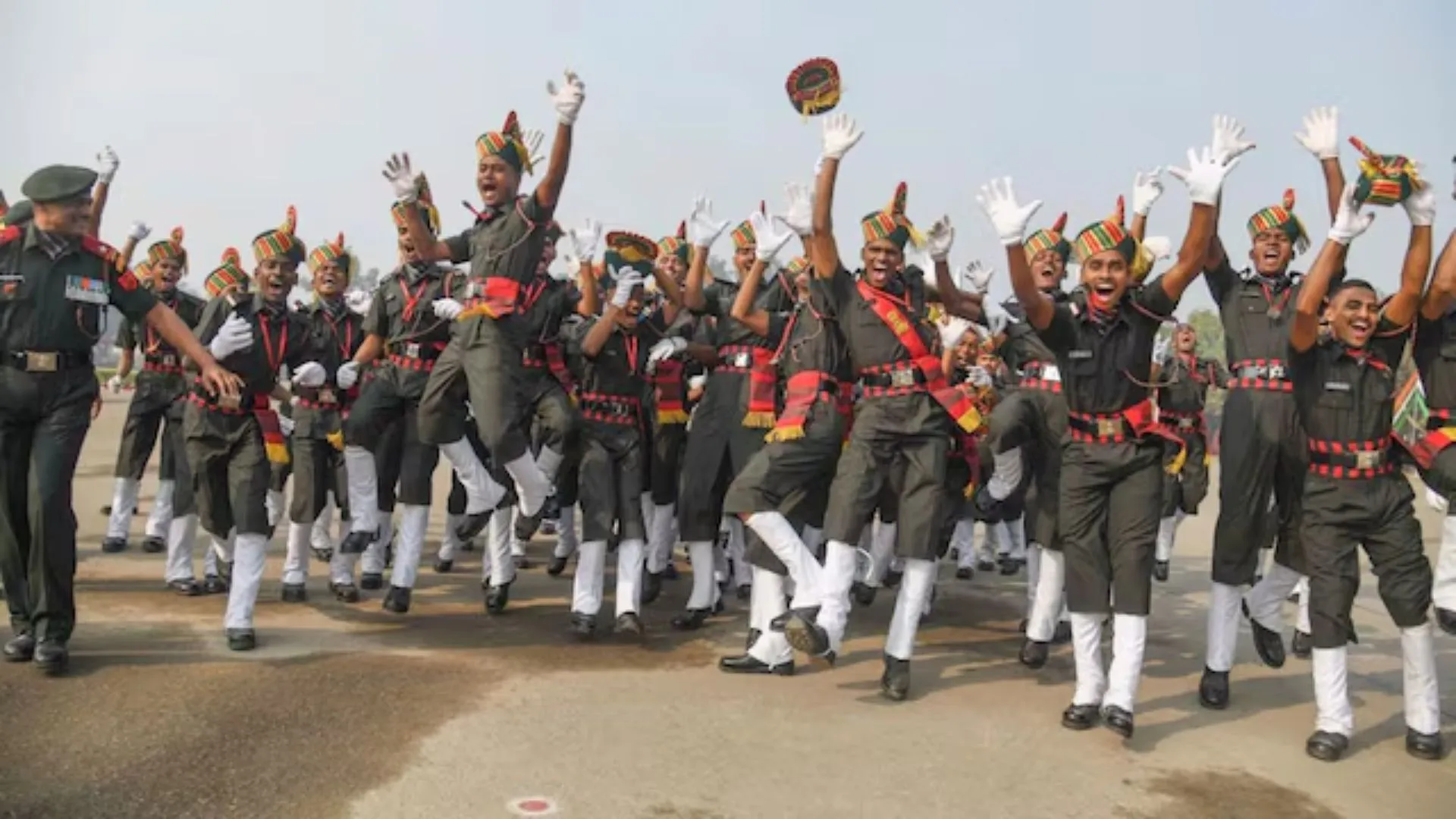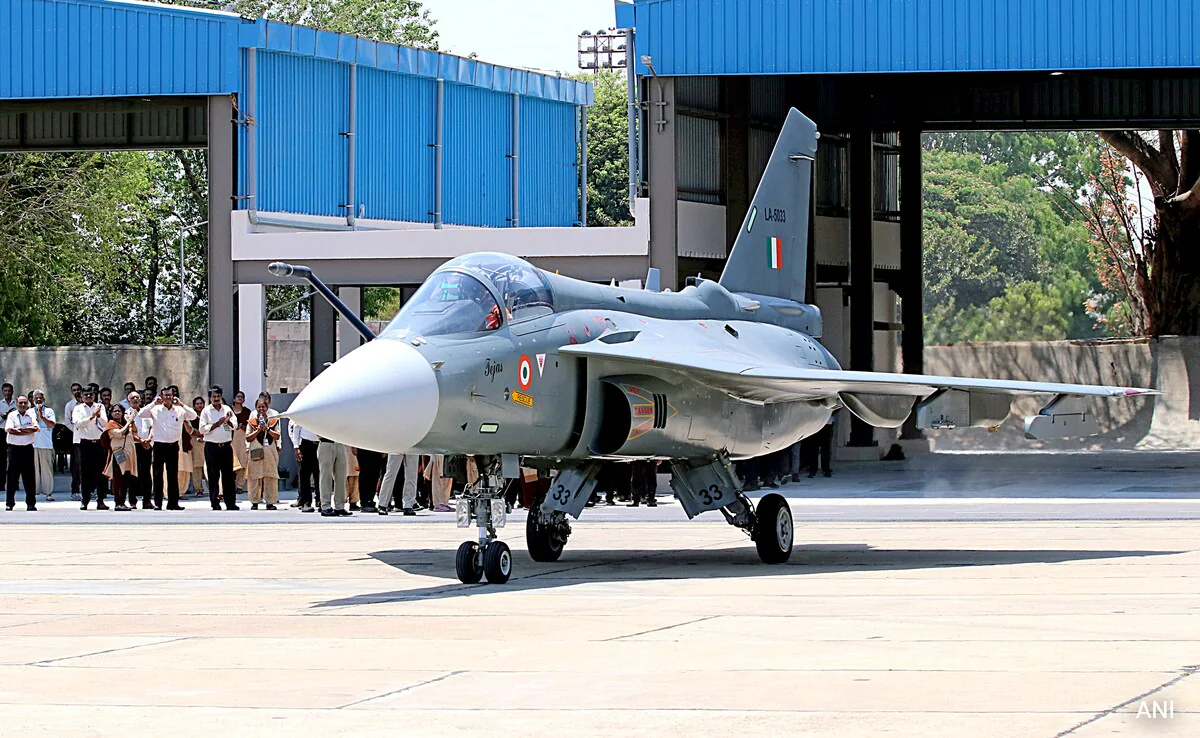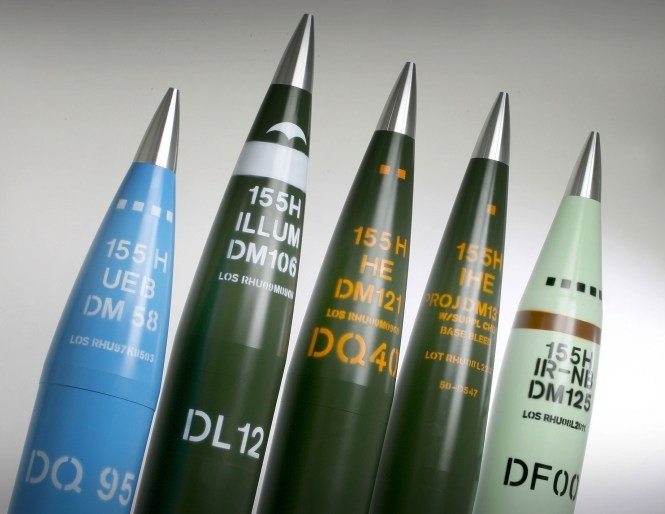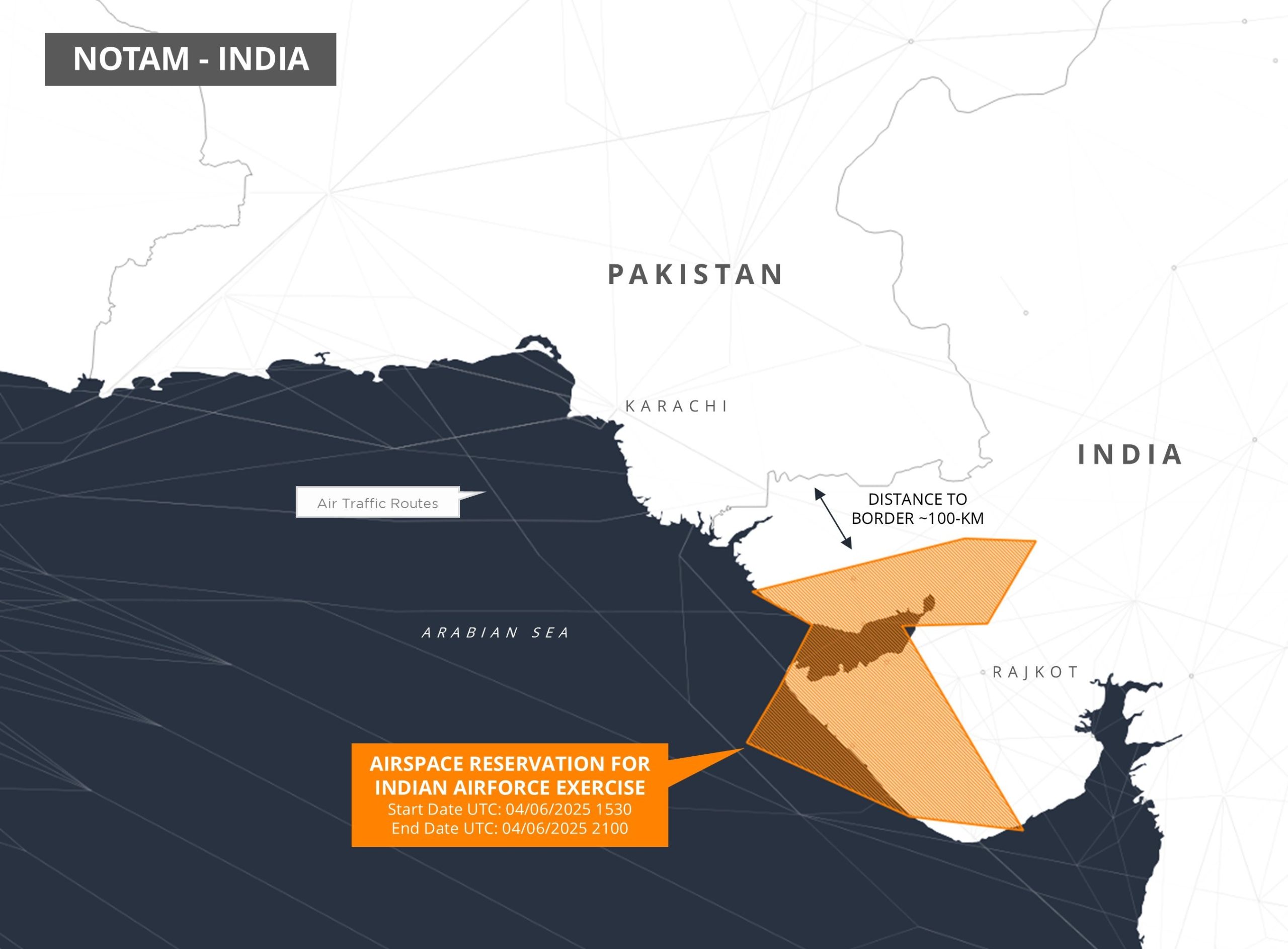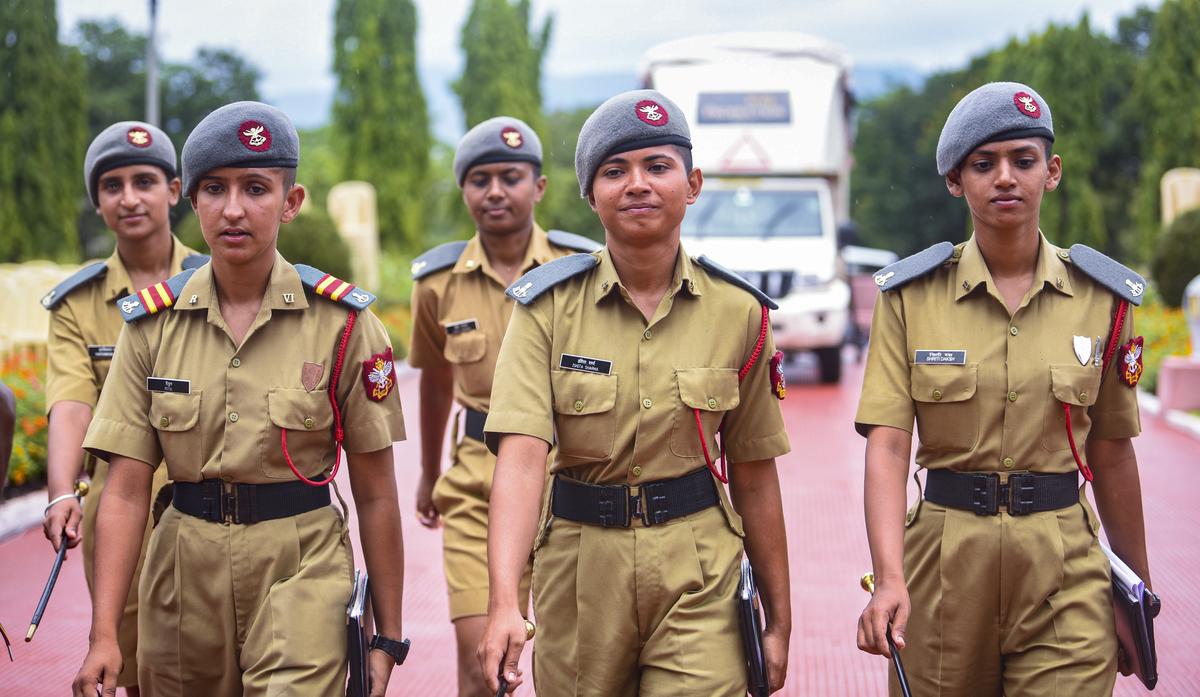Pakistan Issues Tenders to Repair Airbases Hit by Operation Sindoor
In an unusual move that underscores the extent of recent damage to its military infrastructure, the Pakistan Air Force (PAF)…
Uttar Pradesh Approves 20% Reservation for Former Agniveers in Police Recruitment
The Uttar Pradesh Cabinet, chaired by Chief Minister Yogi Adityanath, on Tuesday approved a proposal granting 20% reservation in police…
HAL to Deliver First Tejas Mk-1A from Nashik by June-End
Hindustan Aeronautics Limited (HAL) is set to deliver the first Tejas Mk-1A aircraft from its new production facility in Nashik…
India’s Defense Sector Advances with Indigenous 155mm Artillery Shells Set for Final Trials
India’s defense manufacturing sector is set to achieve a major milestone as SAI Ammunition India Limited (MIL), in collaboration with…
Indian Air Force to Conduct Major Air Exercise Near Pakistan Border on June 4
The Indian Air Force (IAF) has reserved a key section of airspace near the Pakistan border for a one-day military…
NDA 1 2025 SSB Interview Dates Out
The much-anticipated NDA 1 2025 SSB interview dates for the NDA 155 and NA 117 courses have finally been released.…

